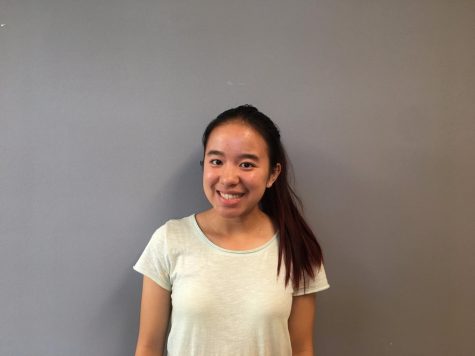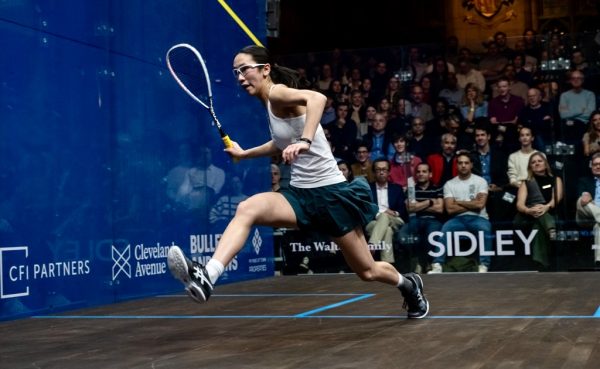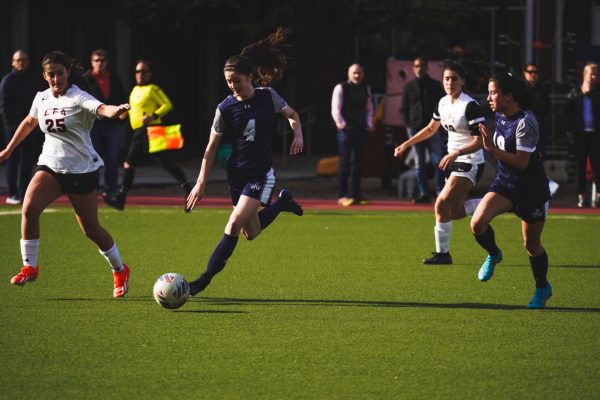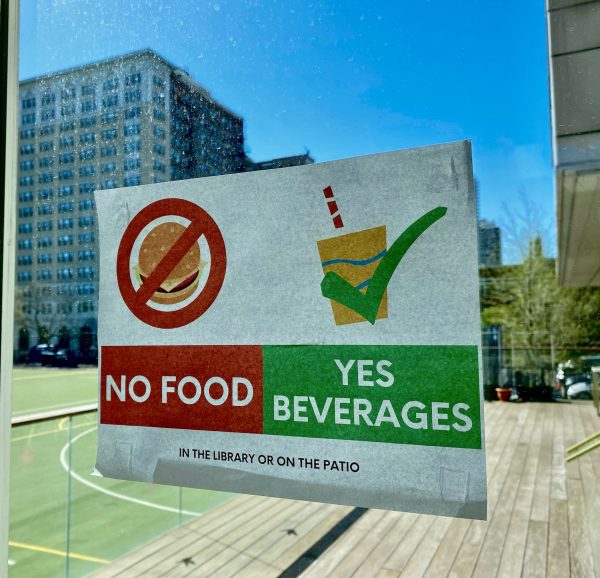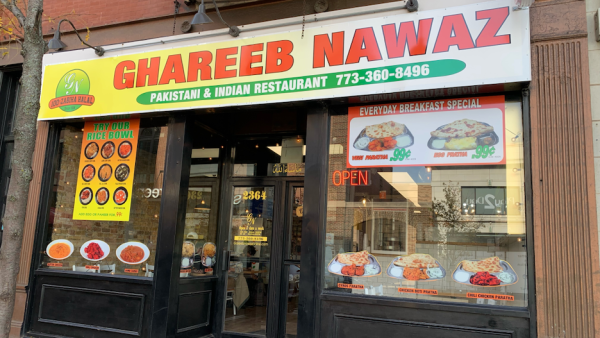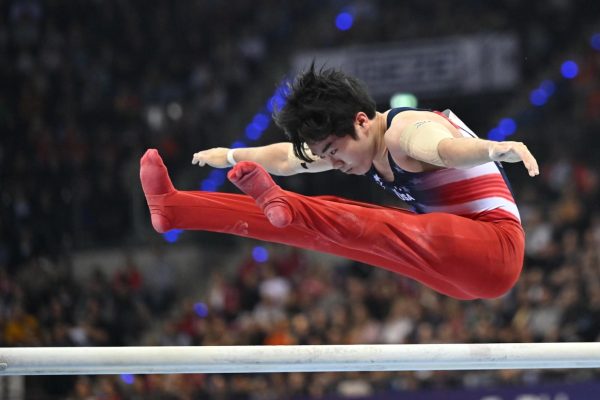Does Movement Impact Learning?
Parker Teachers go Overseas for Education Conference
For two full days in mid-October, three of Parker’s faculty members–History teacher, director of TIDES, and Cross-Curricular Pedagogy Martin Moran, sixth through twelfth grade librarian Annette Lesak, and junior kindergarten through fifth grade librarian Mary Catherine Coleman–flew to Tauberbischofsheim, Germany to participate in the annual North American Days conference hosted by Vereinigte Spezialmöbelfabriken, also known as VS. VS is a German furniture company that specializes in educational furniture and in encouraging physical movement in classroom settings.
Every year architects, designers, and teachers from around the world gather in Tauberbischofsheim, where VS’s headquarters are located, to learn about how VS is revolutionizing the traditional classroom. This was the first time Parker had been represented in this international event.
Trung Le, the lead designer on the ongoing library renovation, has worked with Parker for the last year and a half. Le, who has collaborated in the past with VS on implementing their furniture into his design projects, recommended the conference to Parker’s teachers.
After arriving in Tauberbischofsheim early on a Sunday morning, Moran, Lesak, and Coleman had a day of rest before jumping into the conference, which was packed with classes, lectures, learning and social events, and tours, like one of VS’s showroom that displayed pieces of furniture in the prcoess of testing.
“We took a tour of the factory, so we saw how all the things were physically manufactured,” Lesak said. “We took a tour of a nearby school–it was a first through fourth grade school–to see how VS furniture was in use there.”
The general theme was ‘Bodies in Motion-Brains in Motion. “It was two days of looking at the impact of physical space and furniture on learning,” Moran said. “It was built around the idea of movement and how it impacts the way students learn.”
While each faculty member had his or her own unique experience at the conference, all three later recalled similar ideas and concepts that they discovered.
“One of the presentations was called ‘Making Peace with Fidgeting,’ so they talked about when younger children’s brains are actually engaged and active, they release hormones into their bodies, and then they’re moving around,” Coleman said. “When I was in school, everyone was told to sit still, but that’s actually counterproductive to people’s learning.”
Lesak remembered a lecture by Dr. Dieter Breithecker, who talked about ergonomics in schools. “We heard him talk about how it’s really integral to have movement incorporated throughout the day for kids,” she said. “We need movement for our brains to work.”
Moran also looked back on how movement is vital to learning. “It’s not enough to have segmented times in the day when you’re moving around,” he said. “The actual physical movement while you’re thinking improves your thinking.”
The three teachers all want to incorporate specific kinds of furniture at Parker. “There are these really cool adjustable high tables that are easy to move up and down,” Colemand said, “and also just providing lots of different heights of chairs.”
Lesak wants to bring playgrounds indoors. “We were shown examples of different hallways with monkey bars or trampolines,” Lesak said, “so as you’re walking through the hallway, you were encouraged to physically use your body.”
For Moran the priority is mobility. “I was impressed by how all the furniture we saw was mobile,” Moran said. “I’d love to see teachers make their classes more agile.”
As a result of the conference, the teachers also plan to adjust their teaching going forward. “I brought back this idea of allowing students to move around,” Coleman said. “It’s not that they’re not paying attention, they just need to shift their bodies because of what’s going on internally.”
Lesak, for her part, believes it’s “super-important” to create “opportunities for movement.”
The first day Moran got back to Parker, he started thinking about how he could inspire more movement, not only in what he teaches, but in the space that he “inhabits.” Moran added, “Things like furniture and space impact the way that you learn.”
